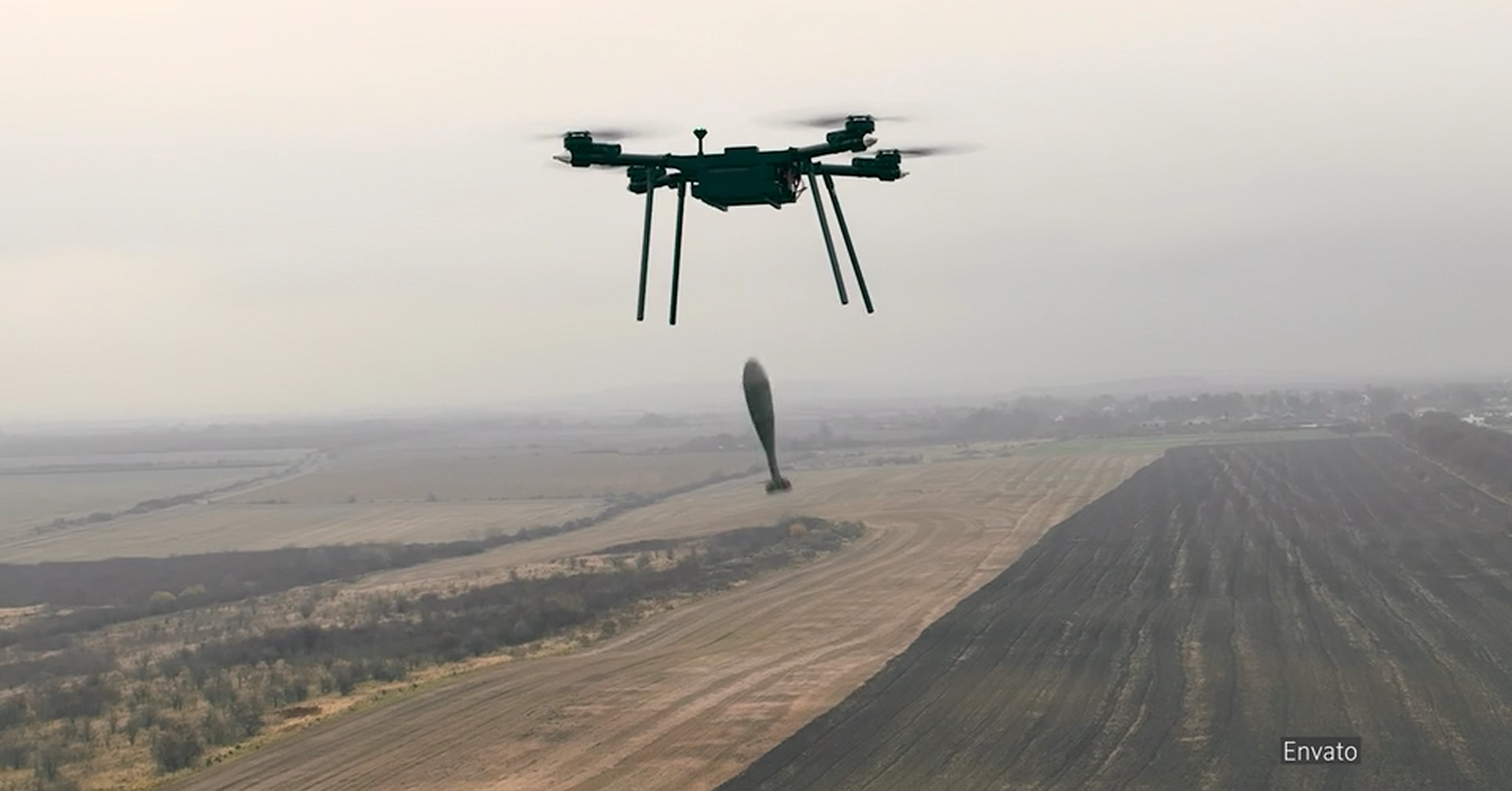The rise of advanced drones has significantly reshaped military operations worldwide, prompting an urgent need for effective counter-unmanned aerial systems (UAS). As drone technology evolves, so too must the strategies and technologies designed to mitigate their threats. This shift is crucial for maintaining operational superiority on the battlefield.
Drone capabilities have expanded dramatically in recent years. They are increasingly used for reconnaissance, surveillance, and combat, making them a formidable asset for military forces. Reports indicate that drones can now carry out precision strikes, gather intelligence, and even engage in electronic warfare, which heightens the challenge for traditional military defenses.
Adapting Defense Strategies
In response to the growing sophistication of drones, military organizations are investing heavily in counter-drone technology. According to the United States Department of Defense, the demand for counter-UAS systems is expected to reach $5.5 billion by 2025. This investment underscores the pressing need for solutions that can rapidly detect, track, and neutralize drone threats.
Counter-drone systems are developing in various forms, including jamming devices, directed energy weapons, and advanced radar systems. The objective is to create multi-layered defense systems that can respond to a range of drone capabilities and tactics. The European Union has also recognized this necessity, with several member states collaborating on projects to enhance their counter-drone capabilities.
Furthermore, the battlefield is no longer confined to traditional military engagements. Drones are being employed in various conflicts around the globe, from urban warfare in Ukraine to counter-terrorism operations in the Middle East. This widespread adoption emphasizes the need for adaptable and scalable counter-drone solutions.
The Future of Warfare
As military operations increasingly incorporate drone warfare, the implications for conflict strategy are profound. The ability to deploy drones effectively can provide a significant advantage, leading to a shift in how wars are fought. Consequently, military leaders are focusing on integrated approaches that combine various technologies, including artificial intelligence and machine learning, to enhance situational awareness and decision-making.
Moreover, the rising prevalence of drones raises ethical and regulatory concerns. Governments are tasked with establishing guidelines for the use of drones in combat, ensuring compliance with international law while protecting civilians. These discussions are crucial as they will shape the future landscape of warfare.
The landscape of military engagement is rapidly changing, driven by the rise of drones and the corresponding need for robust countermeasures. As the technologies evolve, so too must the strategies that govern their use. The future of warfare will depend on the ability of military organizations to stay ahead of these advancements, ensuring that they can effectively respond to the challenges posed by this new era of combat.
